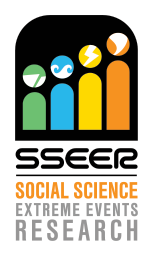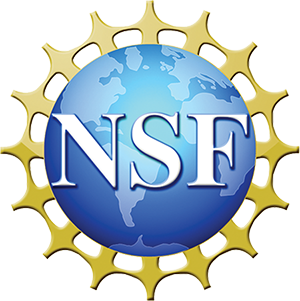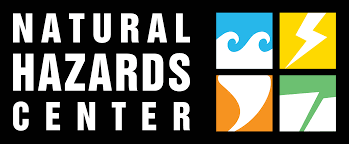2023 SSEER Census

1,620
RESEARCHERS
IN SSEER DATABASE
AS OF DECEMBER 31, 2023
In an effort to identify members of the social science hazards and disaster research community and their respective areas of expertise, our SSEER team releases an annual census report on the status of the research workforce. The annual reports are available in color and black and white and are free to download.

AS OF DECEMBER 31, 2023

AS OF DECEMBER 31, 2022

AS OF DECEMBER 31, 2021

AS OF DECEMBER 31, 2020

AS OF DECEMBER 31, 2019

AS OF DECEMBER 31, 2018



CONVERGE is funded by the National Science Foundation (NSF), Division of Civil, Mechanical, and Manufacturing Innovation, Program on Humans, Disasters, and the Built Environment (Award #1841338). Any opinions, findings, conclusions, or recommendations expressed in this material are those of the authors and do not necessarily reflect the views of the NSF.